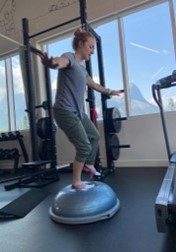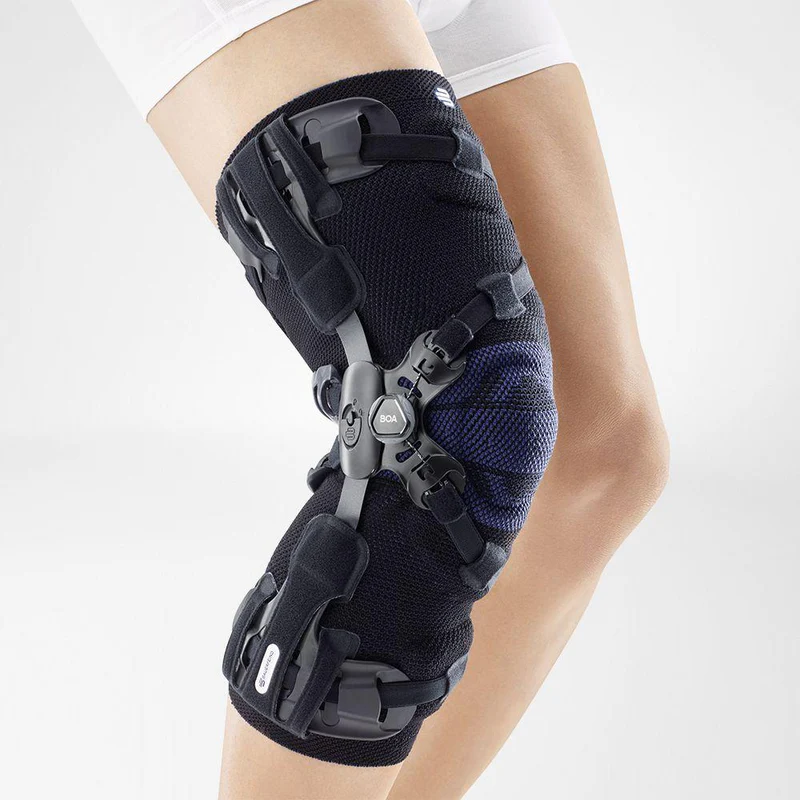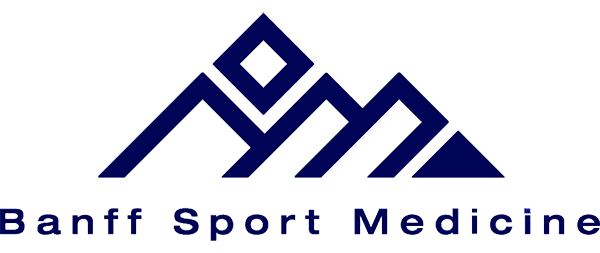Simplifying Injury Recovery
Recovering from an injury can be a nuanced process – there are some symptoms that you should listen to and others that aren’t so important, poor information abounds during searches on Dr. Google, there are friendly recommendations to try certain products, drugs or stretches, and just when you think it is okay to resume your normal activities pain may re-surge. It can be confusing…
That being said, if you focus your attention on the overarching principles of an effective rehab, recovery doesn’t have to be complicated!
Below are a few key areas that will help simplify your return to wellness.
Time

If you’ve sustained an injury, rehab will take time. Determining its severity can help you plan your rehab timeline.
If it’s a small injury (micro-tearing or grade 1 sprain/strain), allow three days of relative rest for the injured area and slowly start to return to your sport or activities.
If it was a moderate or severe injury (grade 2-3 sprain / strain, fracture), you will need more time to allow the injury to heal. Due to the magnitude of a more severe injury you will likely benefit from a support (see below) and clever ways of modifying activity/programming.
If you don’t see signs of improvement from your injury within a week, consulting a health care provider (Physio/Doctor) is a good idea. Diagnosing the injury and its severity will be important for your rehab strategy and long-term success.
Exercise
Make sure that you perform exercises specific for your injury/dysfunction. Your exercises should address all three of the following:
- Motor Control – Pain and weakness cause your nervous system to go into ‘protection mode’, rendering your movement patterns dysfunctional. Re-learning how to move properly can help you reduce potential irritation to the healing tissues (by using the correct muscles), reduce future injury risk, and improve performance.
- Tissue Load Tolerance – Re-loading the injured tissue in a progressive manner is important for optimal healing of the tissue. Research used to suggest that re-loading injured tissues was only necessary for muscles and tendons, but now we know the same is true for ligaments, connective tissues, bones, and intervertebral discs. Your tissues must learn to tolerate load again.
- Regain Mobility – Doing certain mobility/flexibility drills may be helpful in decreasing pain associated with tight muscles or restricted joint range of motion.
While you are healing from the injury, cross-training is important to help reduce general fitness losses and to create positive associations (important for pain control) with movement around the injury site location.
Supports
 Your recovery from an injury may be uncomfortable but it needn’t be extremely painful.
Your recovery from an injury may be uncomfortable but it needn’t be extremely painful.
Utilizing walking aids (crutches/cane/walking poles), braces, taping techniques, medication (oral, topical or injections) or certain types of shoes/orthotics may help to alleviate some of your pain.
These supports are not be relied on for very long, but can help reduce the harmful effects of feeling too much pain during your recovery.
Activity Level
Many of my clients see me because they have slow progress or are seeing no progress. This is often because #2 is not being addressed and clients are often doing too much or too little activity in their day to day life. Determining the appropriate amount of activity requires:
- Experience working with similar demographics who have similar injuries.
- Trial and Error. If clients are struggling with finding an appropriate daily activity level it is important to set goals and track the results. A few examples include: Monitoring daily step count, monitoring amount of time doing certain activities (eg. overhead work for someone with a shoulder injury), or giving permission to patients to start doing activities that seem intimidating (e.g. walking on uneven terrain for someone with an ankle injury).
Another common road block may present itself when a client does not have the pre-requisite strength to do a certain activity or sport but continues to push their activity level to higher volumes and intensities. You must meet a certain threshold of strength before you can build volume or speed/intensity in your activities and sports.
Overall…
Creating a good rehab program is an art. Of course there are other items to consider whilst recovering from an injury, but if you can dial in these four key areas it should help with setting realistic expectations and executing a planned recovery.
This content is based on a previously published article by Jacob Carter Physiotherapy.
Expert Contributor
JACOB CARTER, Allied Health Manager


 Kris Nielson
Kris Nielson